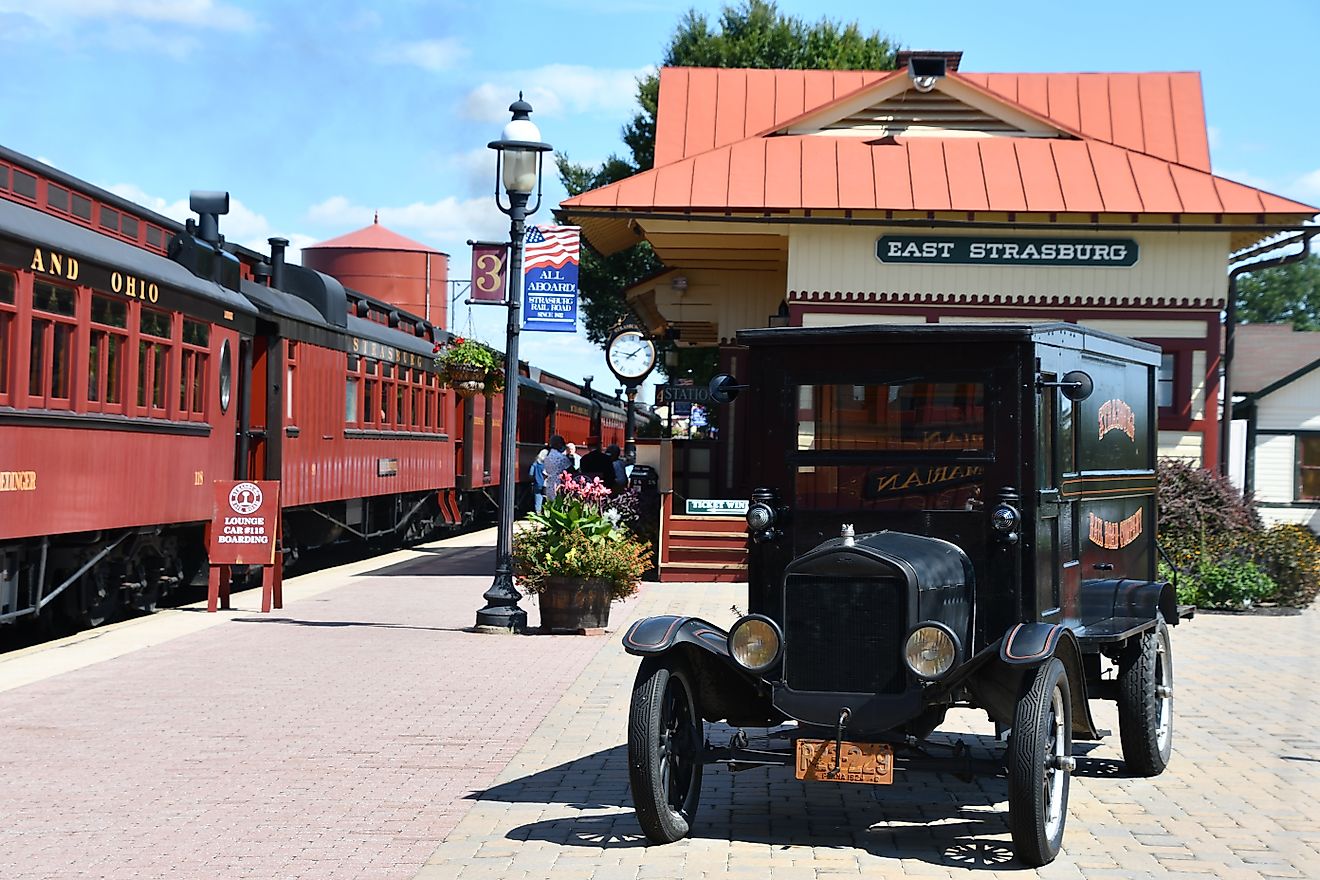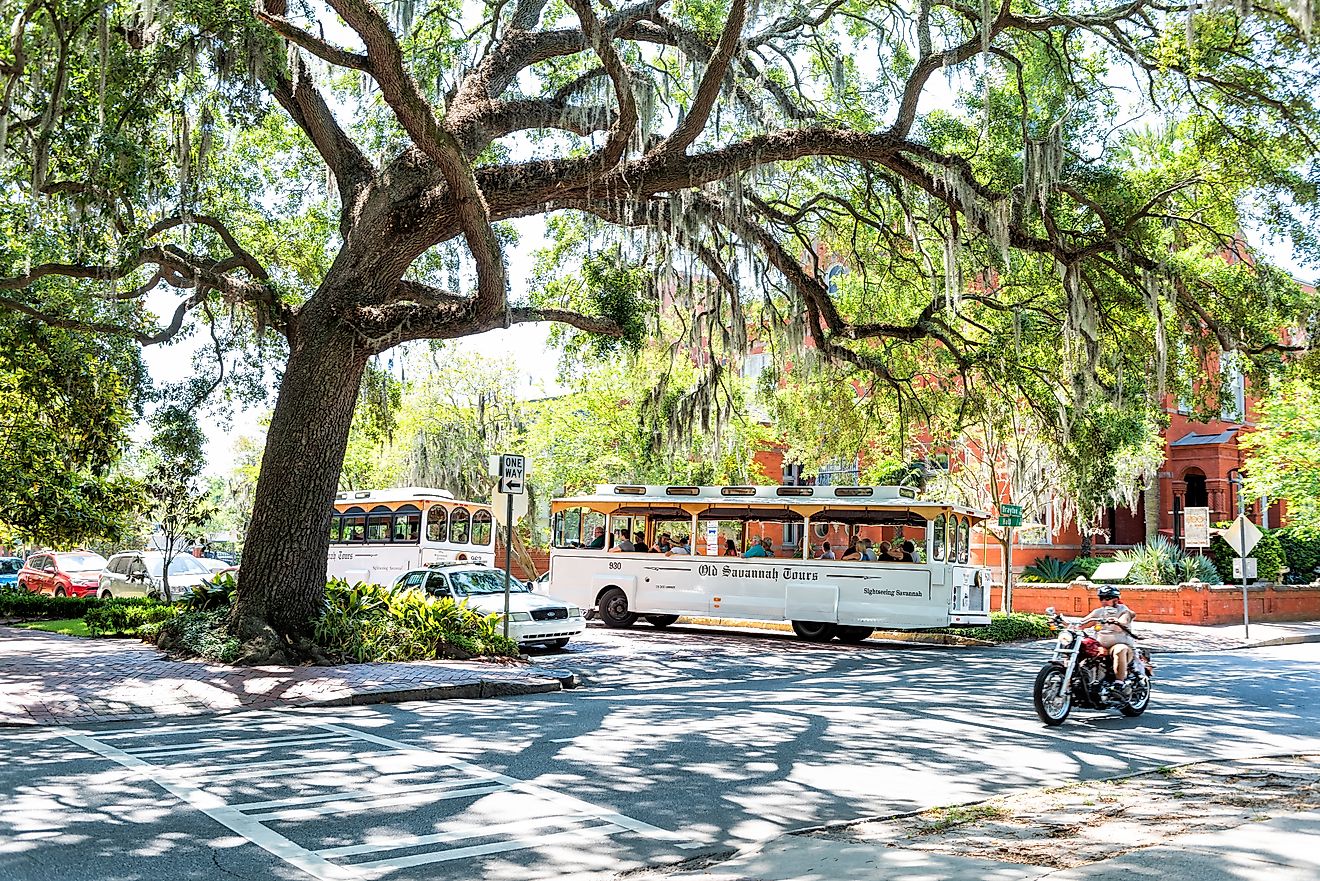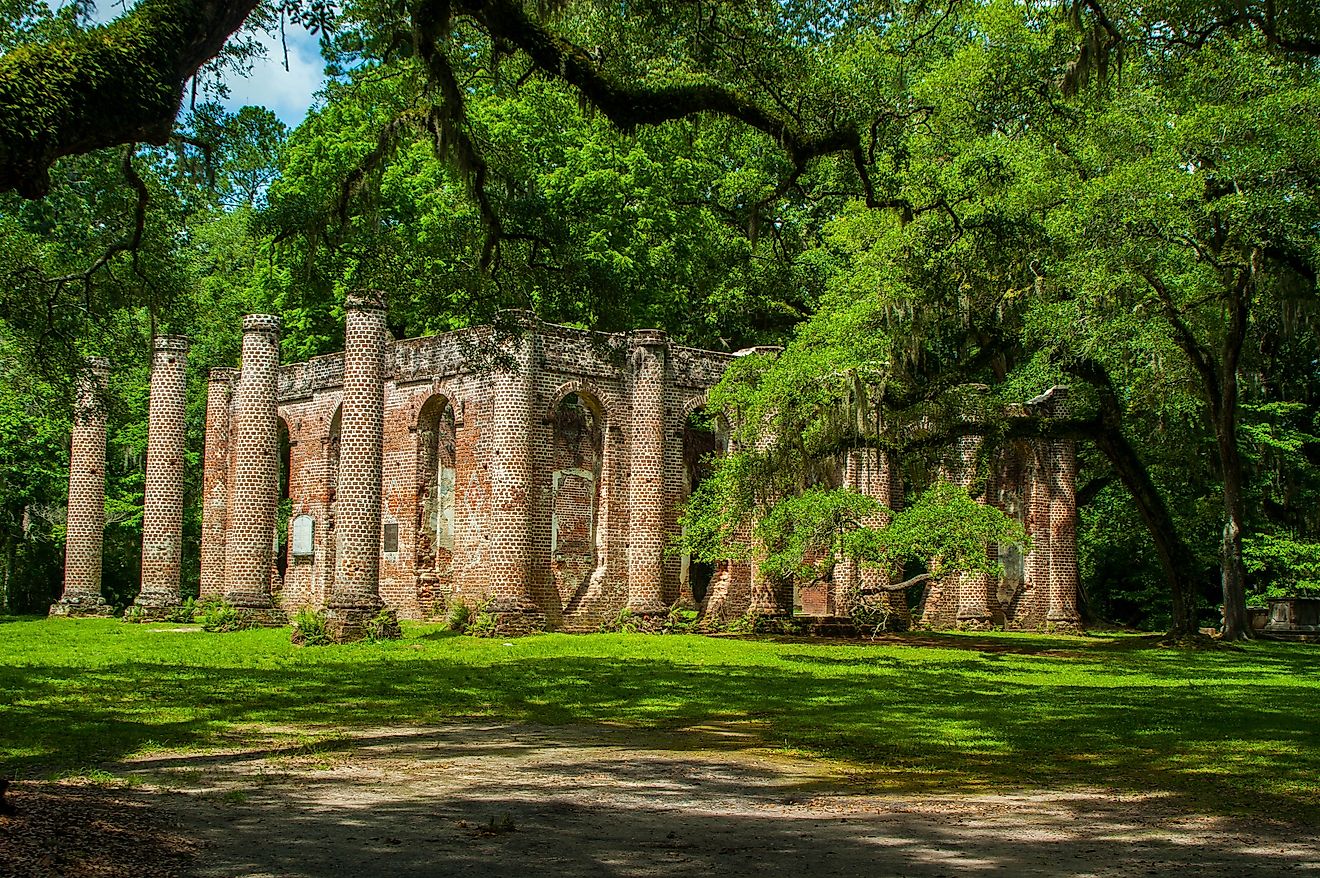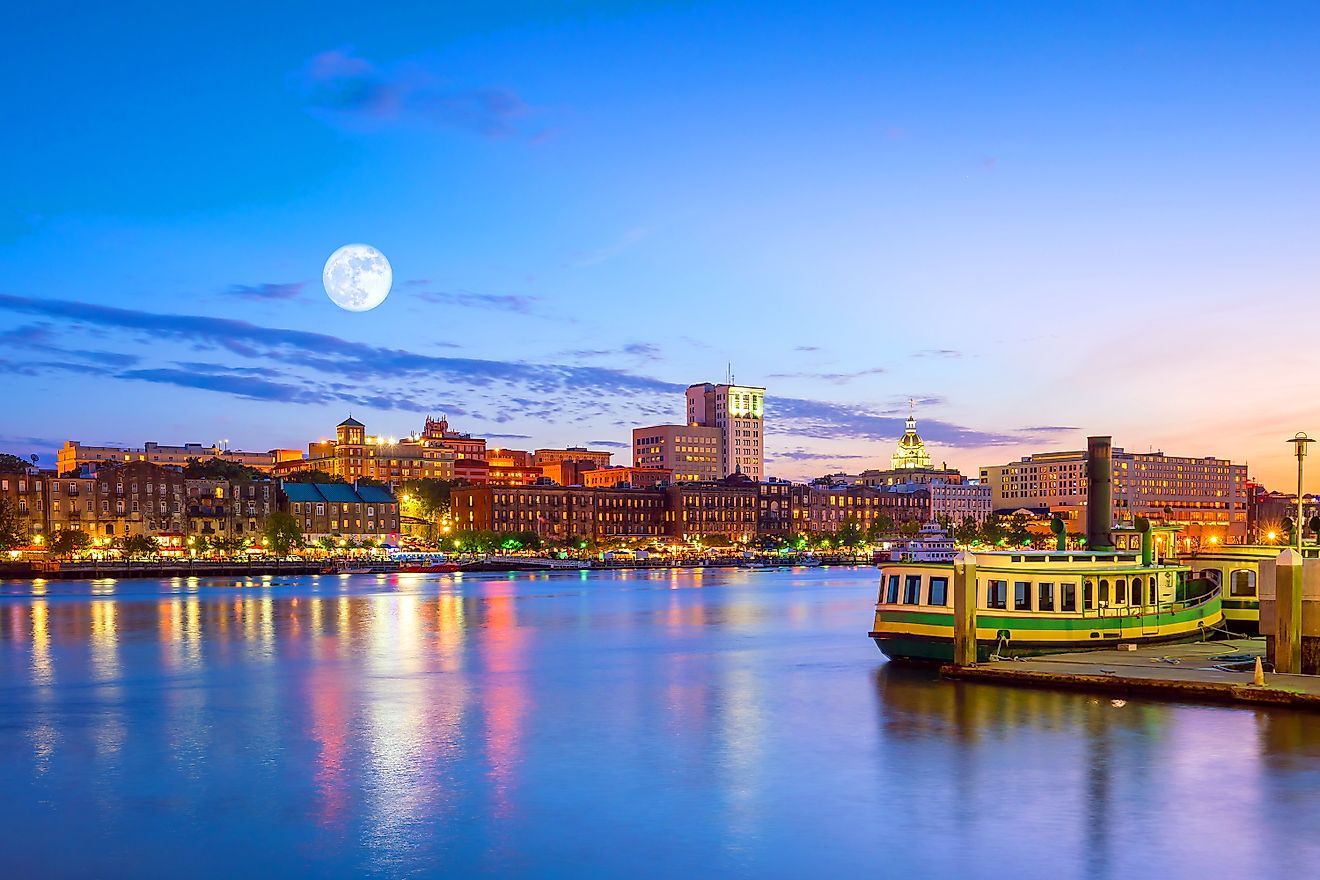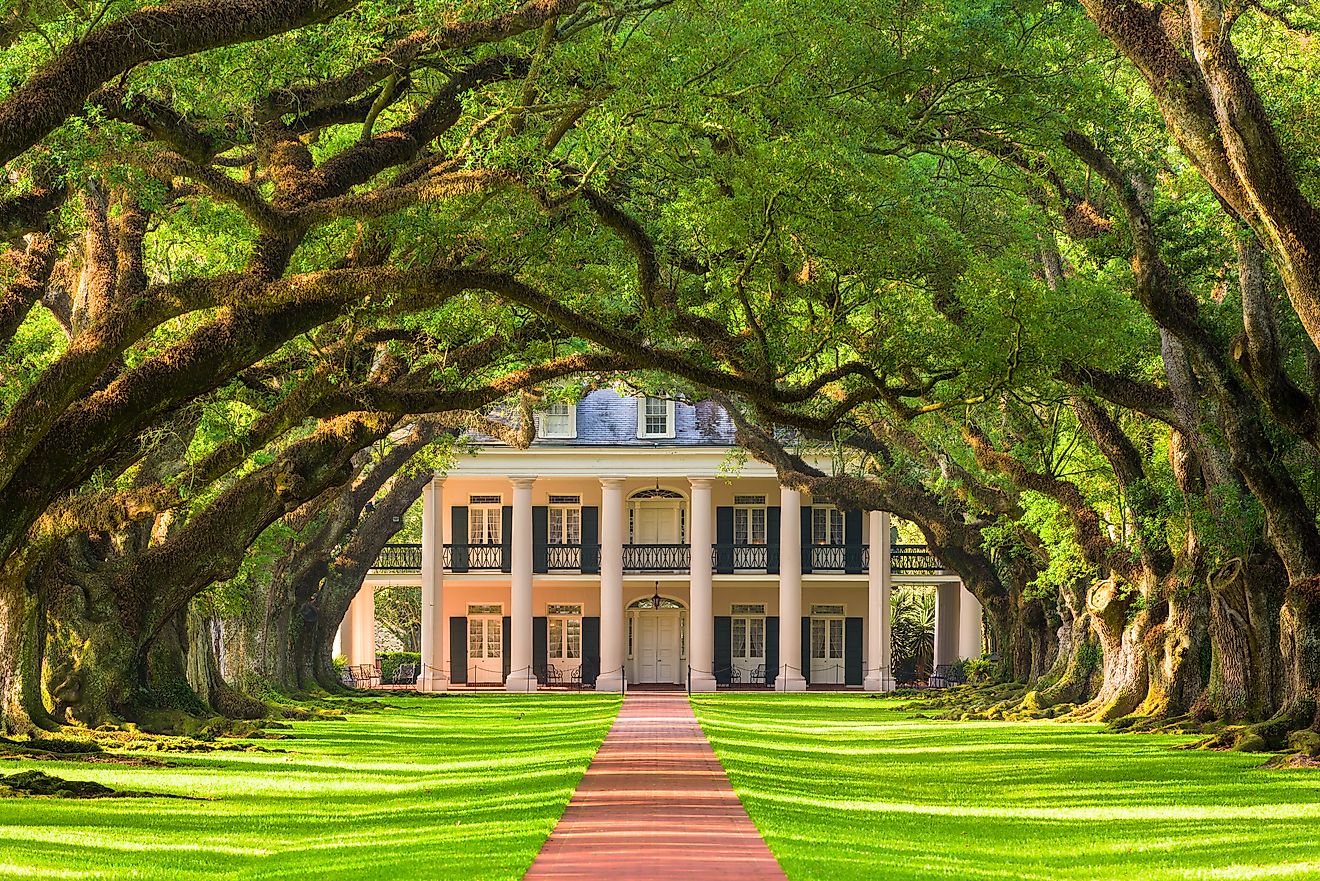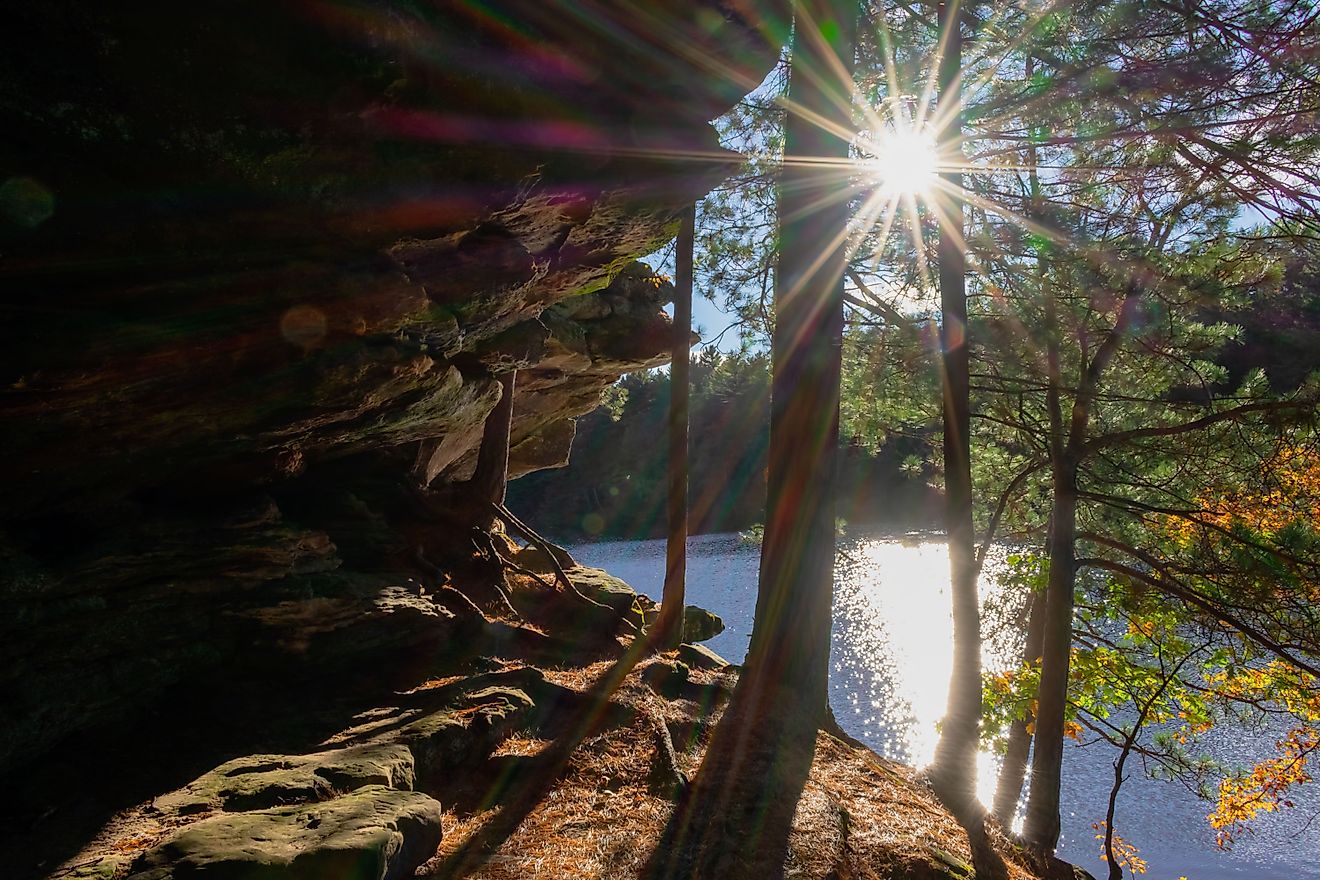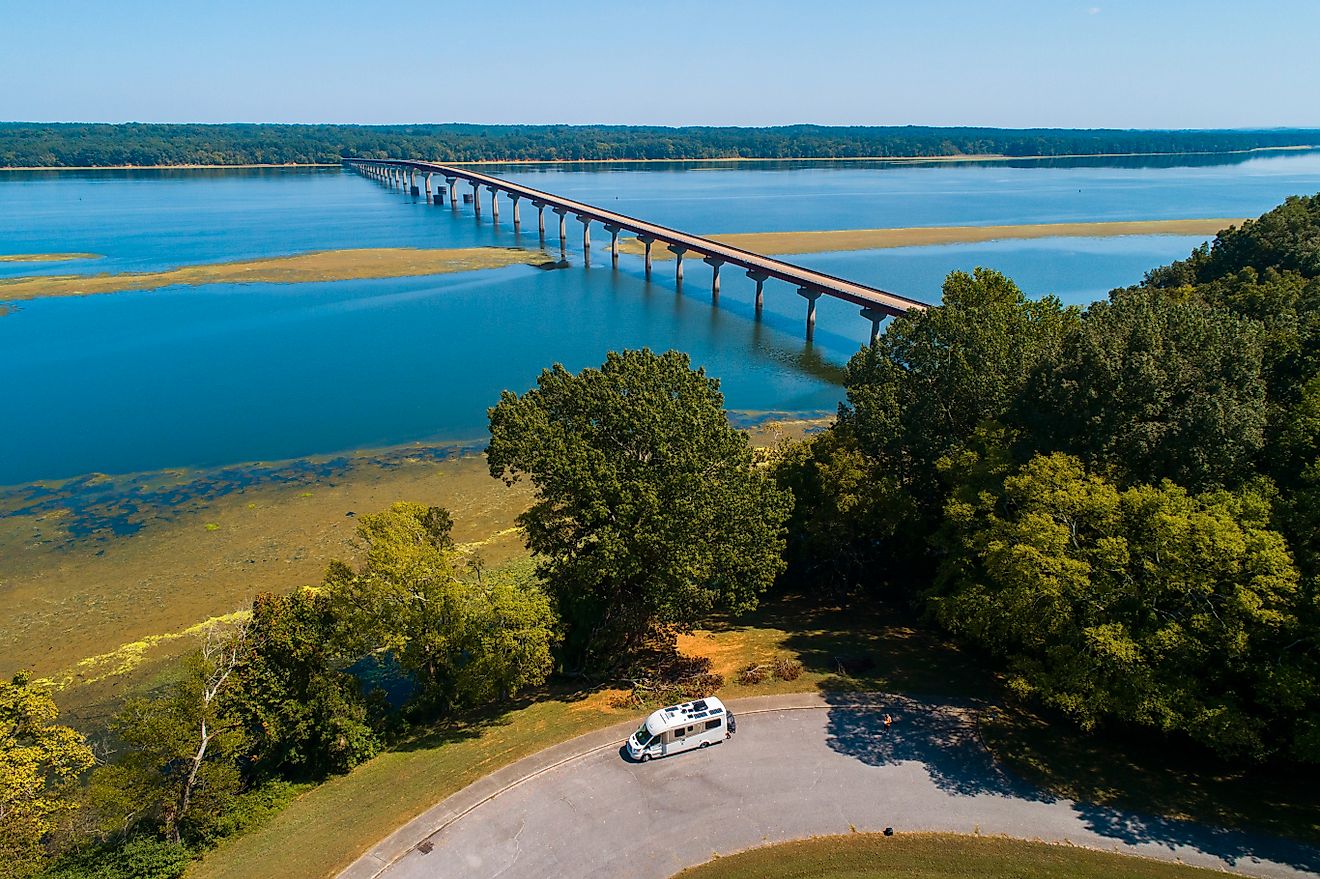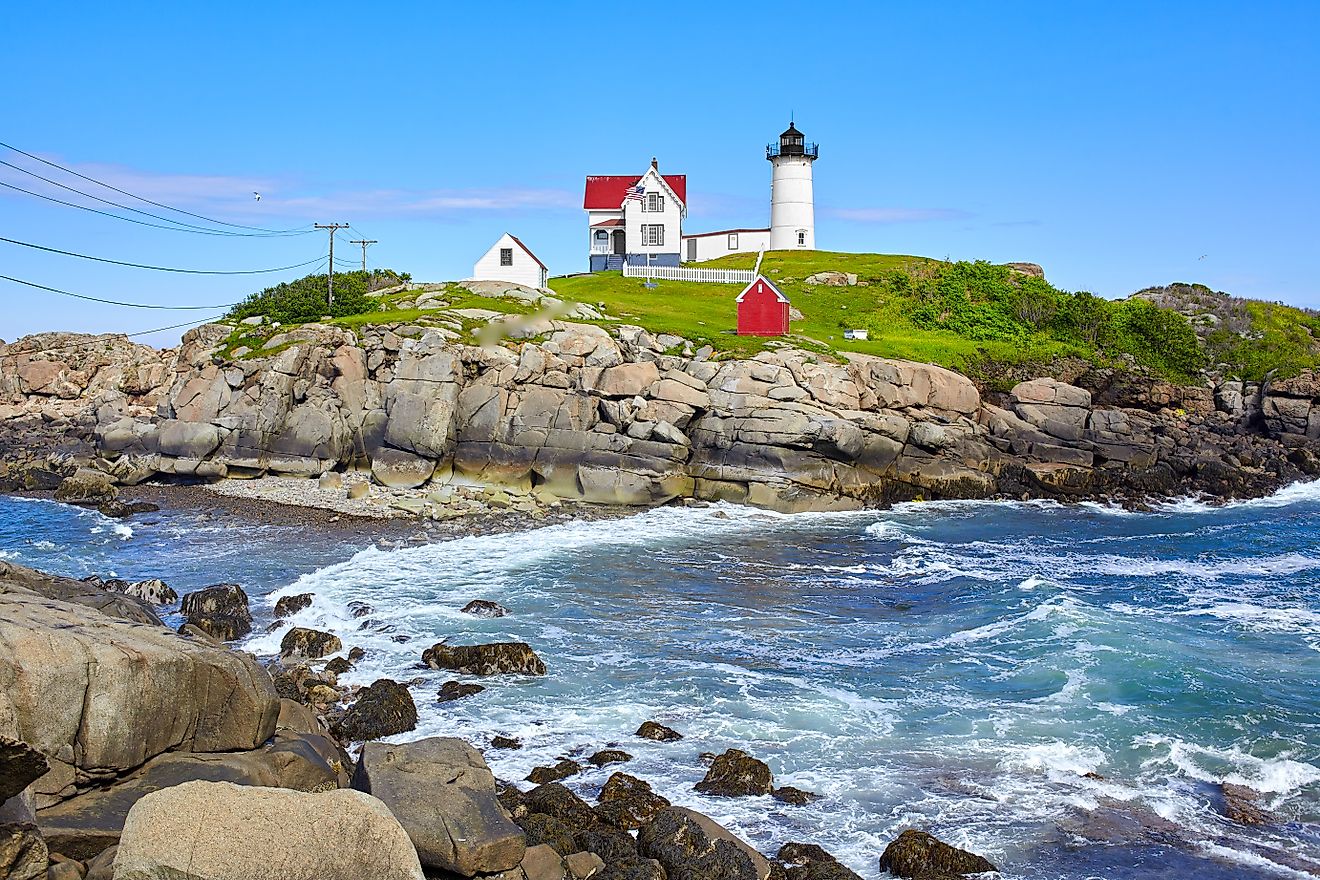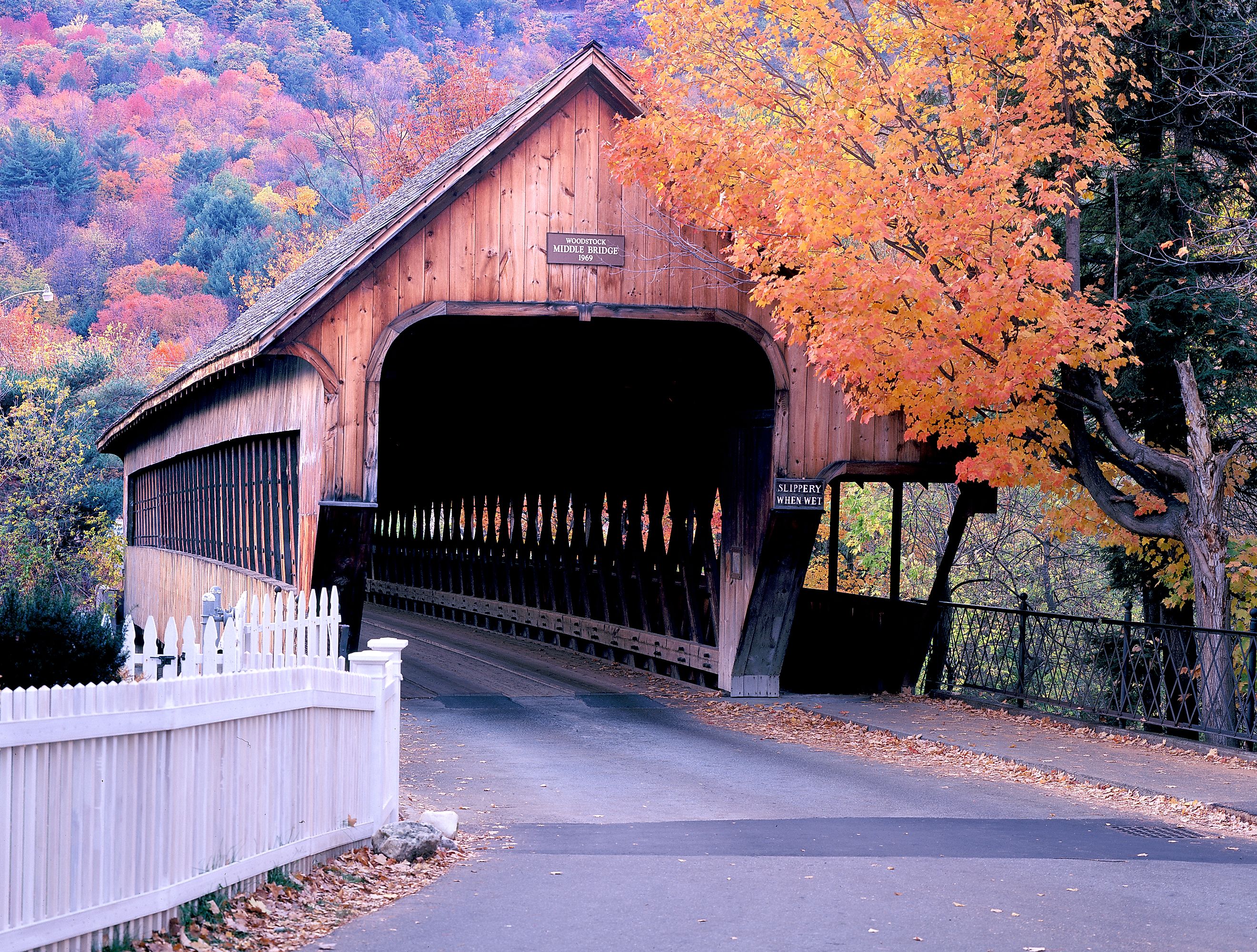
A Trip Through Vermont's Historic Covered Bridges
Vermont holds more covered bridges per square mile than any other US state. These quaint wooden crossings, with their trusses and shingled roofs, are more than picturesque relics. They are time travelers, each carrying a story from centuries past. Built during a time when durability, local timber, and practical engineering defined infrastructure, Vermont’s covered bridges offer a rare and enduring glimpse into the state's architectural and cultural legacy.
Of the more than 100 covered bridges scattered throughout the Green Mountain State, six stand out for their history, architectural value, and postcard-perfect charm.
Cornish-Windsor Covered Bridge
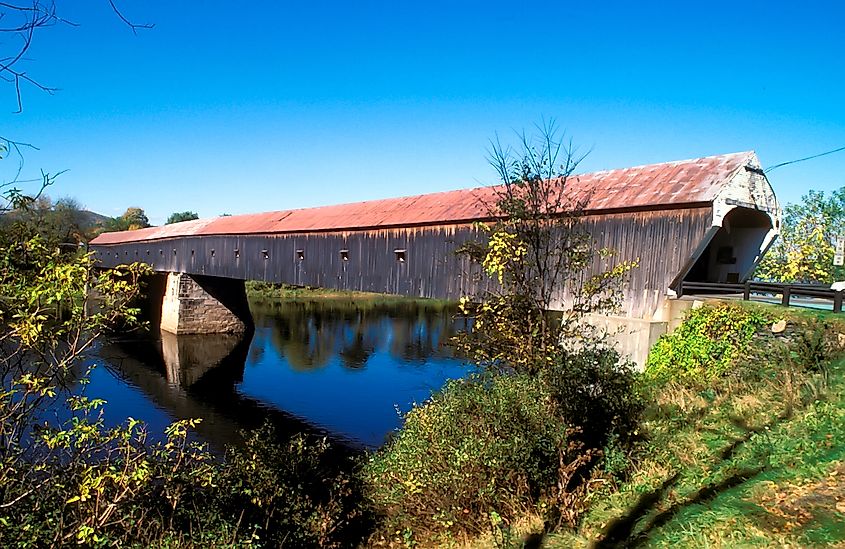
Location: Windsor, Vermont
Year Built: 1866
Style: Town Lattice Truss
Length: 449 feet
Straddling the Connecticut River between Vermont and New Hampshire, the Cornish-Windsor Covered Bridge is the longest wooden covered bridge in the United States. It’s also one of the oldest still in use. Built in 1866 using the patented Town lattice truss design, the bridge showcases a unique system of crisscrossed planks held together by wooden pins.
This bridge once served as a toll crossing and was essential to trade and travel between the two states. Driving across it today, one can still hear the gentle rumble of tires over its wooden floorboards. The bridge underwent a major restoration in 1989 and remains a highlight of Windsor’s historic district. Its size and location over a major river give it a grandeur not often found in other covered bridges.
Emily’s Bridge (Gold Brook Covered Bridge)
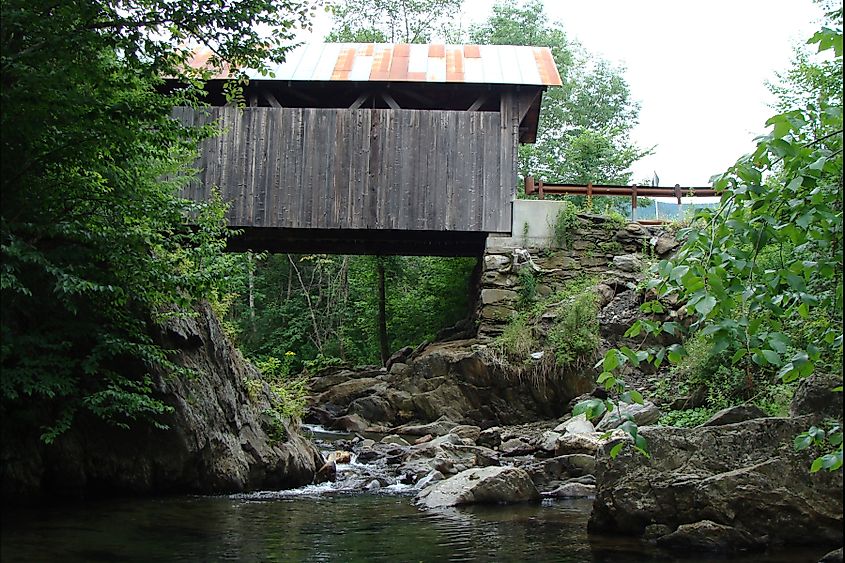
Location: Stowe, Vermont
Year Built: 1844
tyle: Howe Truss
Length: 48 feet
Gold Brook Covered Bridge, better known as Emily’s Bridge, is a rare example of a Howe truss bridge in Vermont and has gained notoriety for its ghost stories. Local legend tells of a heartbroken woman named Emily who met a tragic end at the bridge in the 1800s. Since then, visitors have reported strange noises, unexplained scratches on vehicles, and eerie feelings inside the bridge.
Haunted or not, the bridge is structurally unique. Its use of iron rods in addition to wooden timbers marked a turning point in bridge engineering during the 19th century. Tucked into the forested hills of Stowe, Emily’s Bridge remains one of the most photographed and talked-about covered bridges in the region.
Pulp Mill Covered Bridge
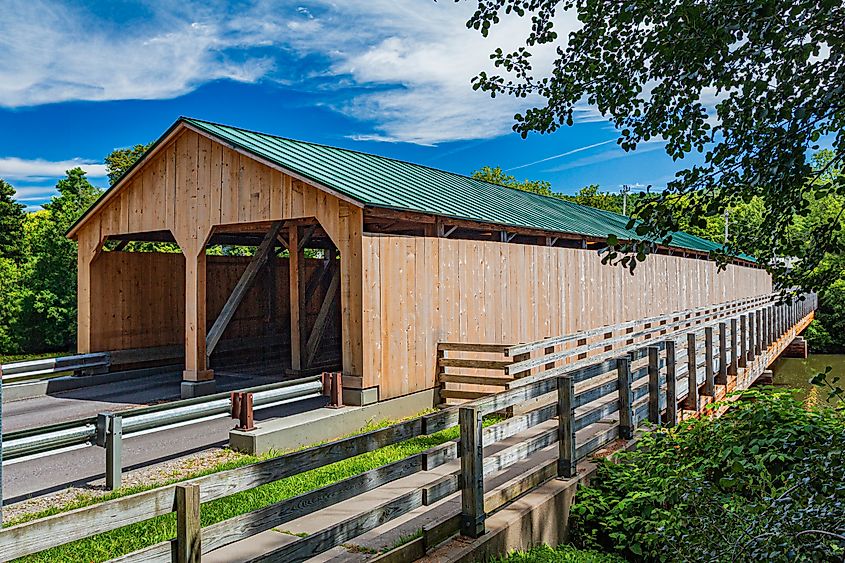
Location: Middlebury, Vermont
Year Built: Circa 1820
Style: Double Barreled Burr Arch Truss
Length: 199 feet
One of Vermont’s oldest surviving covered bridges, the Pulp Mill Covered Bridge is also one of only a few double-lane covered bridges in the country. Spanning Otter Creek, this bridge connects the towns of Middlebury and Weybridge and has seen continuous use for over 200 years.
The bridge’s design features the Burr arch truss system, which combines an arch with a multiple kingpost truss. This style provided the necessary strength to support two travel lanes, a rarity among covered bridges. Its name comes from a nearby pulp mill that operated during the 19th century. The bridge has undergone several restorations over the years, including a major overhaul in 2012, but it retains its historic look and feel.
Waitsfield Covered Bridge (Great Eddy Bridge)
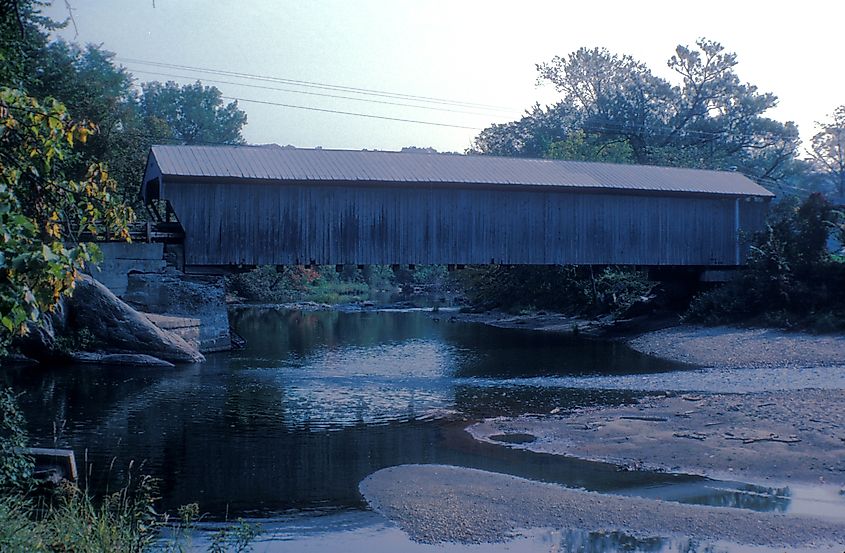
Location: Waitsfield, Vermont
Year Built: 1833
Style: Burr Arch Truss
Length: 105 feet
Set against the scenic backdrop of the Mad River Valley, the Waitsfield Covered Bridge, also known as the Great Eddy Bridge, is one of Vermont’s oldest and most charming. Built in 1833, it still accommodates vehicle traffic and is a beloved icon in the town of Waitsfield.
Its Burr arch truss structure has stood the test of time, allowing it to support modern loads without losing its historic integrity. The area beneath the bridge has become a local gathering spot in summer months, where people wade in the shallow river or watch kayakers paddle through the rapids. Colorful flower boxes decorate the bridge during the warmer seasons, and the surrounding mountains light up in brilliant reds and golds each fall, making it a magnet for photographers.
Middle Covered Bridge

Location: Woodstock, Vermont
Year Built: 1969 (replica of 1800s original)
Style: Town Lattice Truss
Length: 139 feet
Although the current Middle Covered Bridge was constructed in 1969, it faithfully replicates the 19th-century original that once stood in the same location. Located just off Woodstock’s quaint main street, the bridge spans the Ottauquechee River and is an iconic piece of this historic town's landscape.
What makes this bridge special is not just its architectural accuracy but also its method of construction. Traditional tools and wooden pegs were used to create it, maintaining authenticity in both appearance and craftsmanship. It blends seamlessly into its surroundings, especially during the fall foliage season when Woodstock is at its most colorful.
Henry Covered Bridge
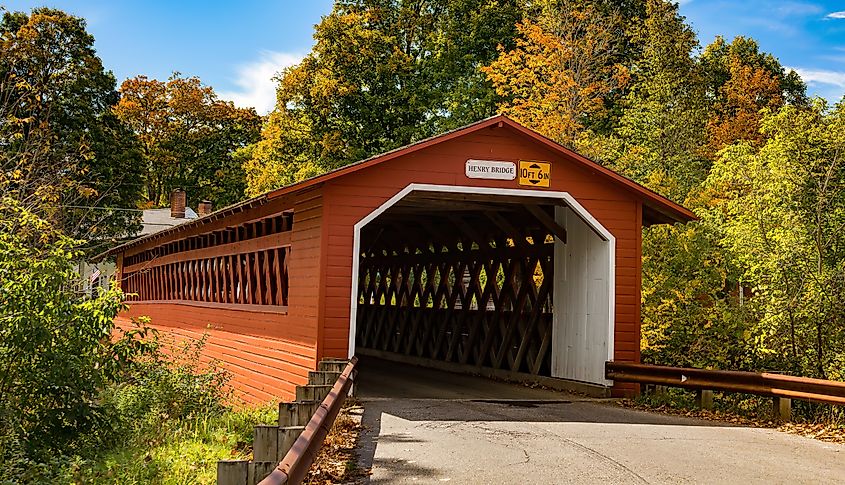
Location: Bennington, Vermont
Year Built: 1840
Style: Town Lattice Truss
Length: 121 feet
Just outside the charming town of Bennington, the Henry Covered Bridge is one of the most photographed in southern Vermont. Built in 1840, it features the classic Town lattice truss design. The bridge stretches across the Walloomsac River and frames a picture-perfect view, especially in autumn when the surrounding trees erupt in brilliant reds, oranges, and golds.
Restored in the early 1980s, the bridge retained its historical character while gaining structural reinforcement to handle continued use. Its bright red exterior stands out against the rural landscape, and its peaceful setting draws visitors year-round. Nearby, other historic bridges like the Paper Mill and Silk Road crossings offer even more reasons to linger in the Bennington area. The Henry Covered Bridge is a standout on Vermont’s covered bridge trail, offering beauty, history, and small-town charm all in one stop.
Covered Bridges: A Legacy Built to Last
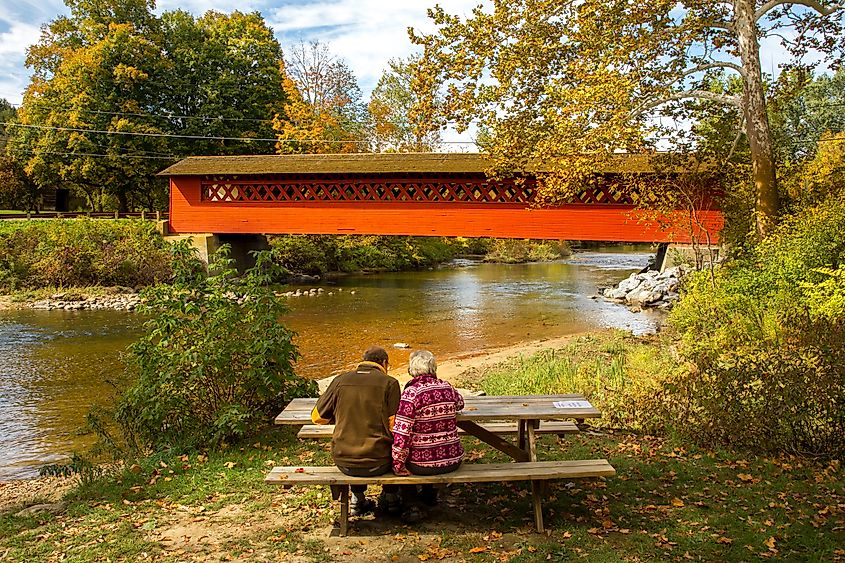
Covered bridges were designed with practicality in mind. The wooden trusses needed protection from the elements, and the pitched roof allowed snow to slide off easily during long Vermont winters. Builders used local materials, typically spruce and hemlock, and followed designs that could be adapted to a variety of spans.
These bridges also created a sense of place. For rural communities, they served as landmarks, gathering spots, and sometimes the backdrop for first kisses or farewells. Today, Vermont's covered bridges offer more than utility. They provide a link to early American engineering, storytelling, and community identity.
Why Vermont Has So Many Covered Bridges
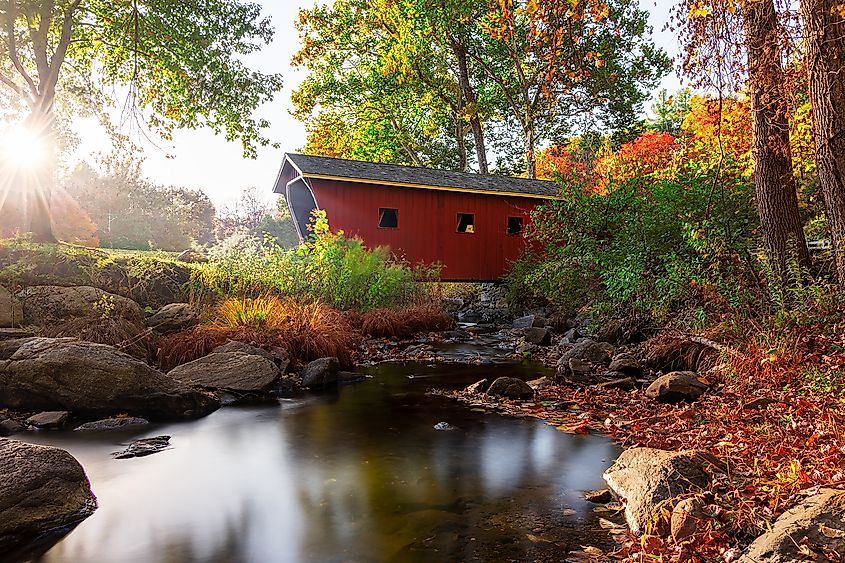
Vermont’s dense forests, harsh winters, and many rivers made covered bridges a logical solution for 19th-century engineers. The roof protected the wooden deck from rotting in rain and snow, extending the life of the bridge from a few years to several decades. Since the state was sparsely populated and often relied on horse-drawn travel, single-lane bridges were adequate for rural roads.
Local pride also played a role. Each town took great care in the construction and maintenance of its bridges. Many were built by local craftspeople using plans passed down through generations. This grassroots approach helped Vermont develop the highest concentration of covered bridges in the country.
Visiting Vermont’s Covered Bridges
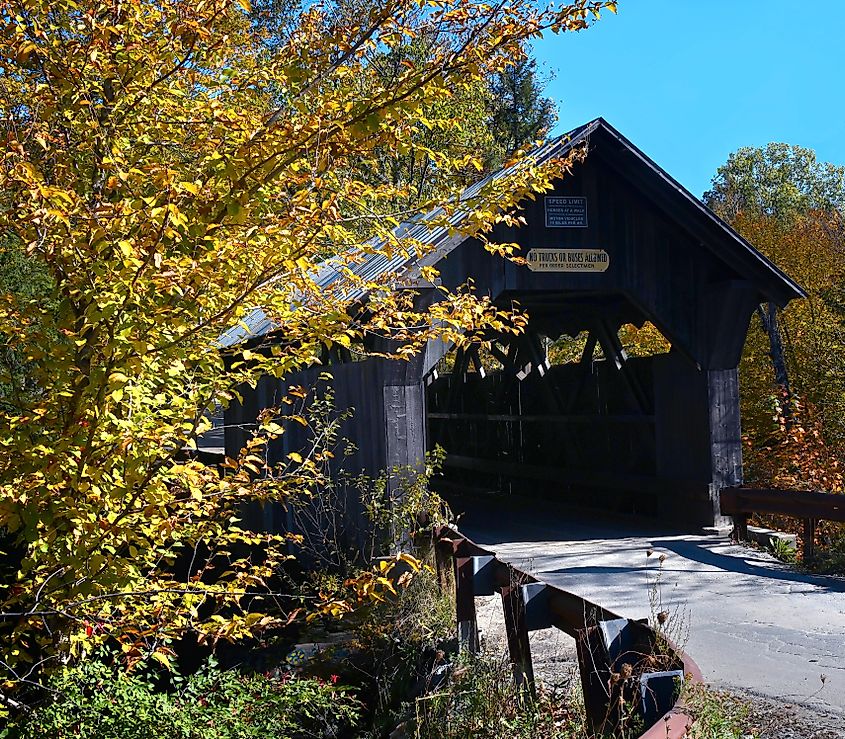
Many of Vermont’s covered bridges remain open to vehicle and pedestrian traffic. A road trip through the state, especially during foliage season, offers the perfect way to see several in a single day. Popular routes include scenic byways in central and southern Vermont, where rivers, mountains, and villages are never far apart.
Photography enthusiasts, history buffs, and architecture lovers all find something to admire in these wooden structures. A few tips:
-
Best time to visit: Fall, when foliage colors provide a striking contrast to the weathered timber
-
What to bring: Camera, comfortable walking shoes, and a Vermont road atlas
-
Local treats: Many bridges are near charming general stores, maple syrup farms, and country inns
Conclusion: Timeless Crossings in the Green Mountains
Vermont’s historic covered bridges are more than rustic relics. They reflect the state’s craftsmanship, engineering innovation, and deep connection to the land. With their wooden beams and weathered charm, these bridges continue to carry the stories of generations. Whether crossing the longest covered bridge in the nation or standing beneath a spooky truss in Stowe, each one offers a glimpse into Vermont’s enduring spirit.
